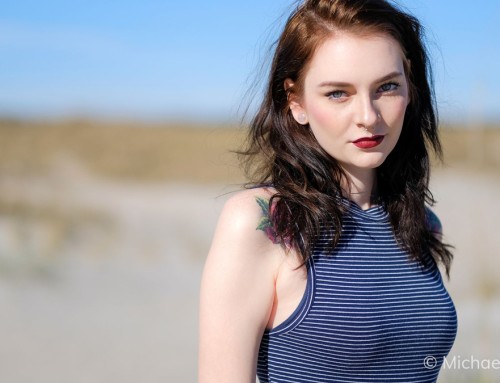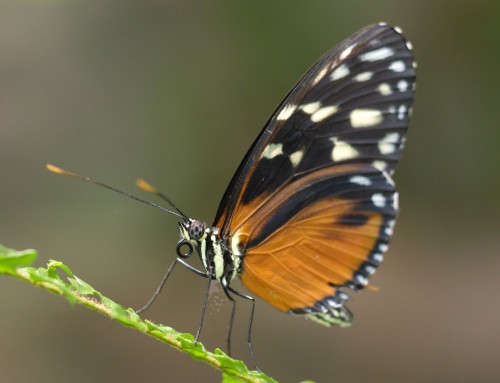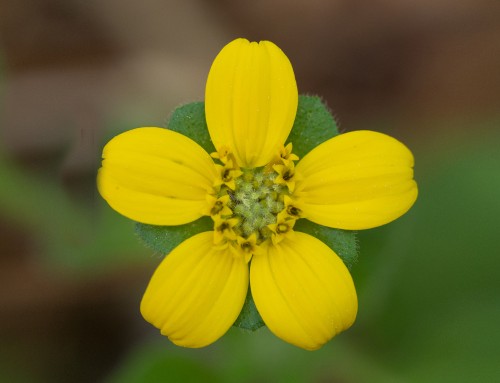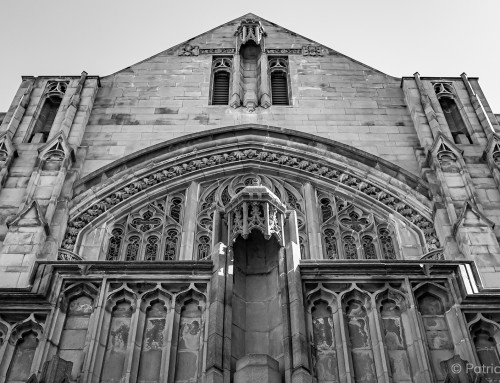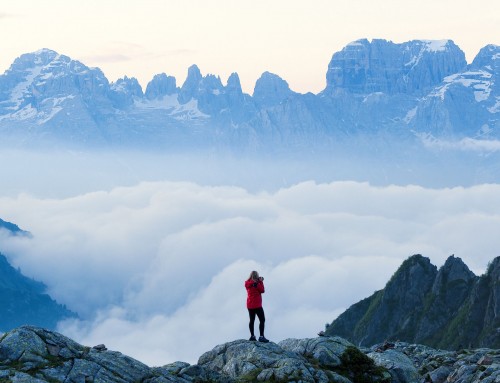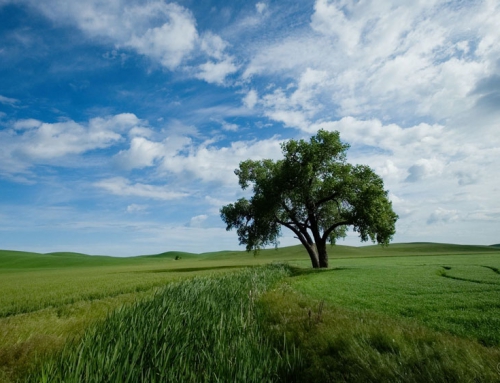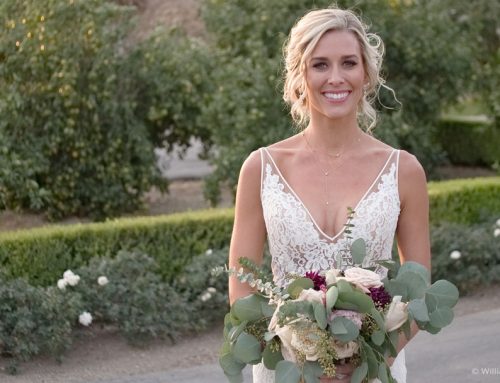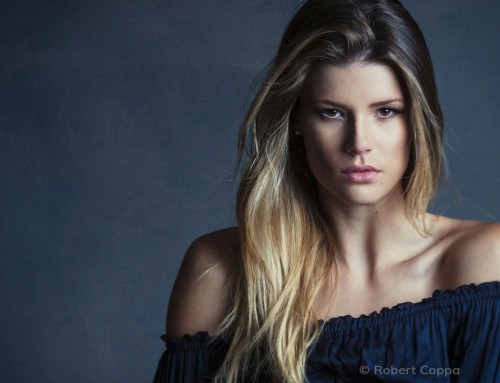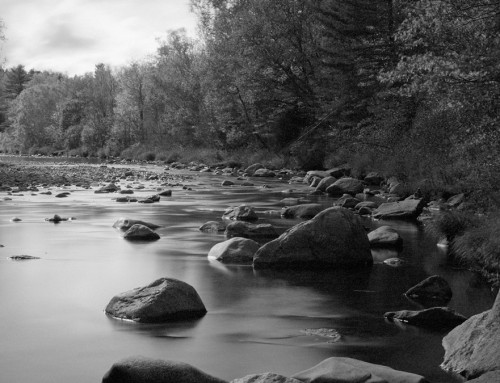Photographer Kyle Ford explains his workflow method for clearing sensor dust spots in Exposure. He makes a lot of helpful suggestions, such as to first enhance the dust spots with temporary adjustments so they are easy to find before fixing the sensor dust with Exposure’s spot heal tool.
Photo: Kyle Ford
Transcript
Sensor dust can be a problem, especially when I’m shooting landscapes. In this shot here I have some sensor dust. It’s not super noticeable now, but when you start pushing your images, it starts to creep up. You definitely don’t want that if you print your images because it’s really noticeable when you’re standing in front of a print.
My general workflow for something like this is to temporarily push the image really far so we can see these dust sensor spots really, really easily to edit them out. Then I’m going to repair those areas using the spot heal tool. And then once all that’s done, all the work is completed, I’m going to remove all those temporary edits where I’ve pushed the image. And finally we’re going to save all of our spot healing into a preset, so we can apply that in batch to all of our images, saving us a ton of time.
Now generally, I create a new layer on top of the base layer so I can remove all of these edits when I’m finished. On the new layer, I start by setting it to black and white, just so I can see the sensor spots. I crank up the Contrast all the way. And then we go into the Highlights, bring those up a little. And turn the Shadows down a little bit. You can see that the spots are starting to show up. And then I’ll adjust the Clarity all the way up. This is going to make your image look really bad, but that is not the point. We are just trying to find all the flaws so we can fix them. If the spots are not showing up quite enough for you, we can go to the Tone Curve panel and crank up the Midtones. And there they really kinda jump out at you. Bring the Shadows down a little more and there we can see some obvious sensor spots.
So we’ll jump to 1:1, so we can really get in here with the spot heal tool. Now that we’re at 1:1 you can definitely see that there are some sensor spots, here. So I’m going to grab the spot heal tool – and it’s already at the size I would like it. But if you want to change the size, you can use the bracket keys to upsize and downsize. Now it’s pretty much where I want it, so I’m going to make my selections.
We’ll go back to fit, to see how we’ve done. And the sensor spots are done, they’re gone. Perfect. So now we’d like to apply this to our whole image set, without having to do it manually every time. Which is great.
So I’m going to delete this layer over the top so that we can see a little bit better. So now that my spot healing is finished, let’s make a preset so I can apply this to the rest of the images, so I don’t have to do it manually later. Click the plus sign on the presets panel, and it will open up the edit preset dialog box. We’re going to name it Sensor Dust Removal. I’m going to uncheck all these layer adjustments because just incase I’ve made changes to these previously; I don’t want to copy those over. I just want my spot heal, which is underlined because it’s the only thing that I’ve made adjustments to on the side, here. I’ll press OK, and it’s going to show up here under User and My Presets.
Now I want to select all the images I want this preset applied to. Click, and it applies that preset to all the images. And now we’ve removed the same dust spots in all the images from the set.
So now that your preset is made, you can use this preset over and over again because your sensor dust is going to be in the same location on your sensor no matter if you’re shooting portrait or landscape or whatever. So until you get your sensor cleaned, you can use this preset on all your images, and you’ll be dust free.


